Further studies are needed to determine whether K2-18b, which orbits a star 120 light-years away, is inhabited, or even habitable.
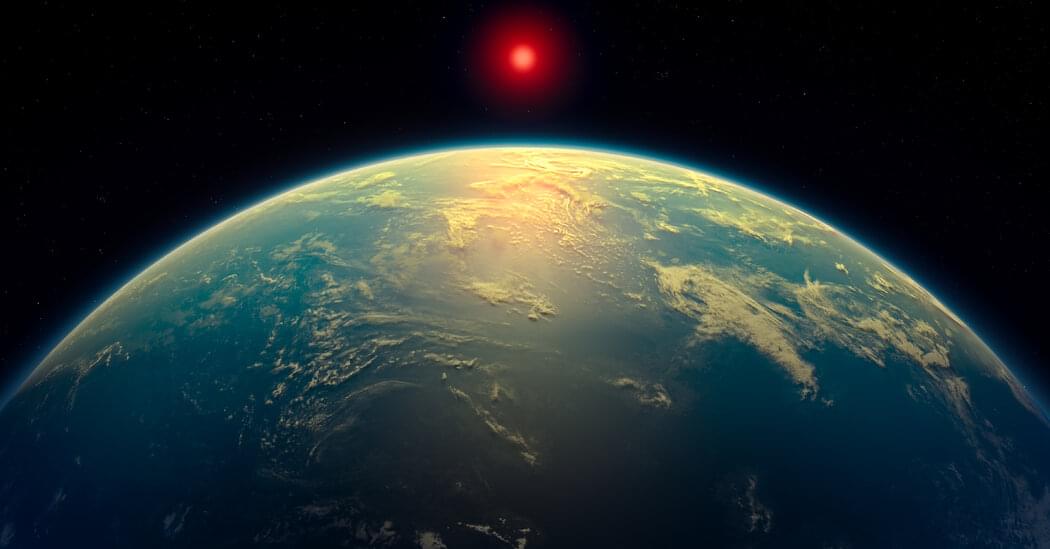


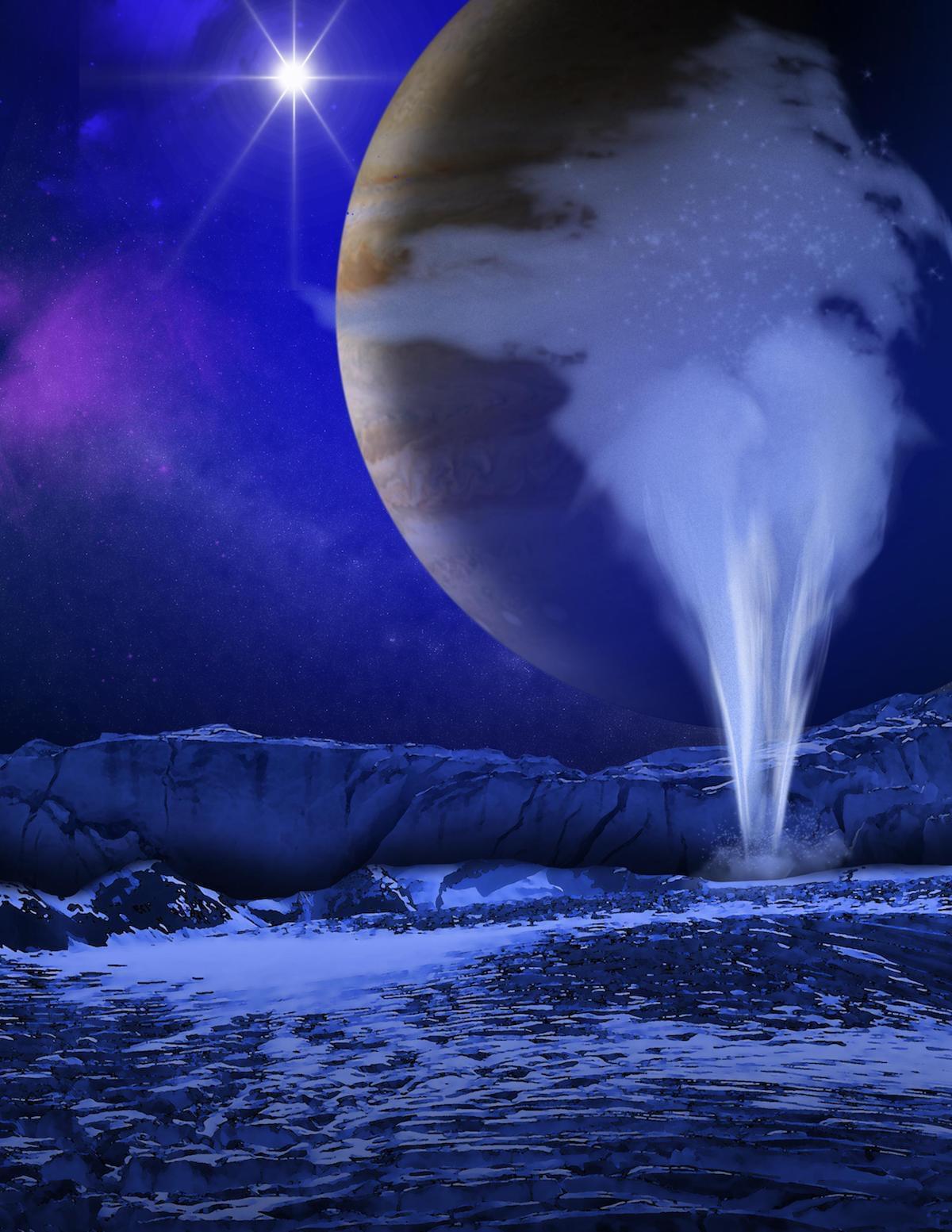
The study notes, “These findings underscore the complexity of Europa’s plume activity. Our results provide a framework to explore various plume characteristics, including gas drag, particle size, initial ejection velocities, and gas production rates, and the resulting plume morphologies and deposition outcomes.”
How do the water vapor plumes on Jupiter’s icy moon, Europa, contribute to the interaction between the moon’s surface and subsurface environments? This is what a recent study published in The Planetary Science Journal hopes to address as a team of researchers investigated how gas drag could influence the direction of particles being emitted by Europa’s water vapor plumes, specifically regarding where they land on the surface, either near the plumes or farther out. This study has the potential to help scientists better understand the surface-subsurface interactions on Europa and what this could mean for finding life as we know it.
Artist’s illustration of Europa’s water vapor plumes. (Credit: NASA/ESA/K. Retherford/SWRI)
For the study, the researchers used a series of computer models to simulate how the speed and direction of dust particles emitted from the plumes could be influenced by a process called gas drag, which could decrease the speed and direction of dust particles exiting the plumes. In the end, the researchers found that gas drag greatly influences dust behavior, with smaller dust particles ranging in size from 0.001 to 0.1 micrometers becoming more spread out after eruption and larger dust particles ranging in size from 0.1 to 10 micrometers landing near the plume sites.
Tesla is advancing its full self-driving technology in Austin, Texas, with plans for an unsupervised robo taxi service by June 2025, positioning itself for significant revenue growth and regulatory approval through enhanced safety and efficiency ## ## Questions to inspire discussion Operational Efficiency.
🏭 Q: How is Tesla using unsupervised FSD at Giga Texas? A: Tesla is using unsupervised FSD to drive new Model Y and Cybertruck units from production lines to outbound logistics lots, logging over 50,000 driverless miles between Texas and Fremont factory deployments.
💰 Q: What are the benefits of automating car movement at Giga Texas? A: Automating car movement reduces labor costs, improves throughput, creates a scalable logistics model, and boosts production margins. Regulatory Advantage.
🚗 Q: How does Tesla benefit from Texas regulations regarding autonomous vehicles? A: Texas laws don’t require permits for autonomous vehicles, providing Tesla with a regulatory advantage and a lower-risk proving ground before public rollout of robo taxis. Technological Edge.
🖥️ Q: What hardware advantages does Tesla’s FSD system have over competitors? A: Tesla’s vision-only FSD with Tesla-designed HW4 uses no LIDAR or radar, accelerating the data flywheel with unsupervised miles accumulated. Future Prospects.
🚕 Q: When and where will Tesla launch its first public unsupervised robo taxi service? A: Tesla plans to launch its first public unsupervised robo taxi service in Austin as a pilot rollout in June 2025.
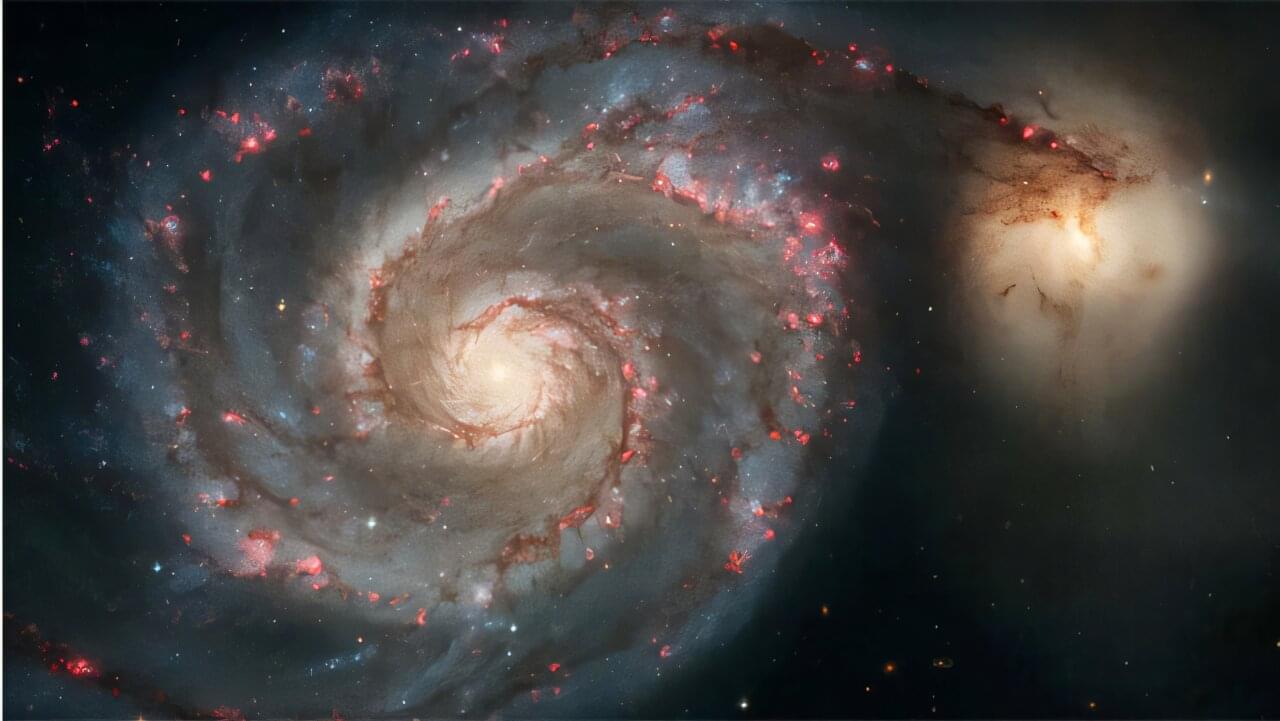
A new study in Monthly Notices of the Royal Astronomical Society by researchers including István Szapudi of the University of Hawaiʻi at Mānoa Institute for Astronomy suggests the universe may rotate —just extremely slowly. The finding could help solve one of astronomy’s biggest puzzles.
“To paraphrase the Greek philosopher Heraclitus of Ephesus, who famously said ‘panta rhei’ (everything moves), we thought that perhaps panta kykloutai—everything turns,” said Szapudi.
Current models say the universe expands evenly in all directions, with no sign of rotation. This idea fits most of what astronomers observe. But it doesn’t explain the so-called Hubble tension—a long-standing disagreement between two ways of measuring how fast the universe is expanding.
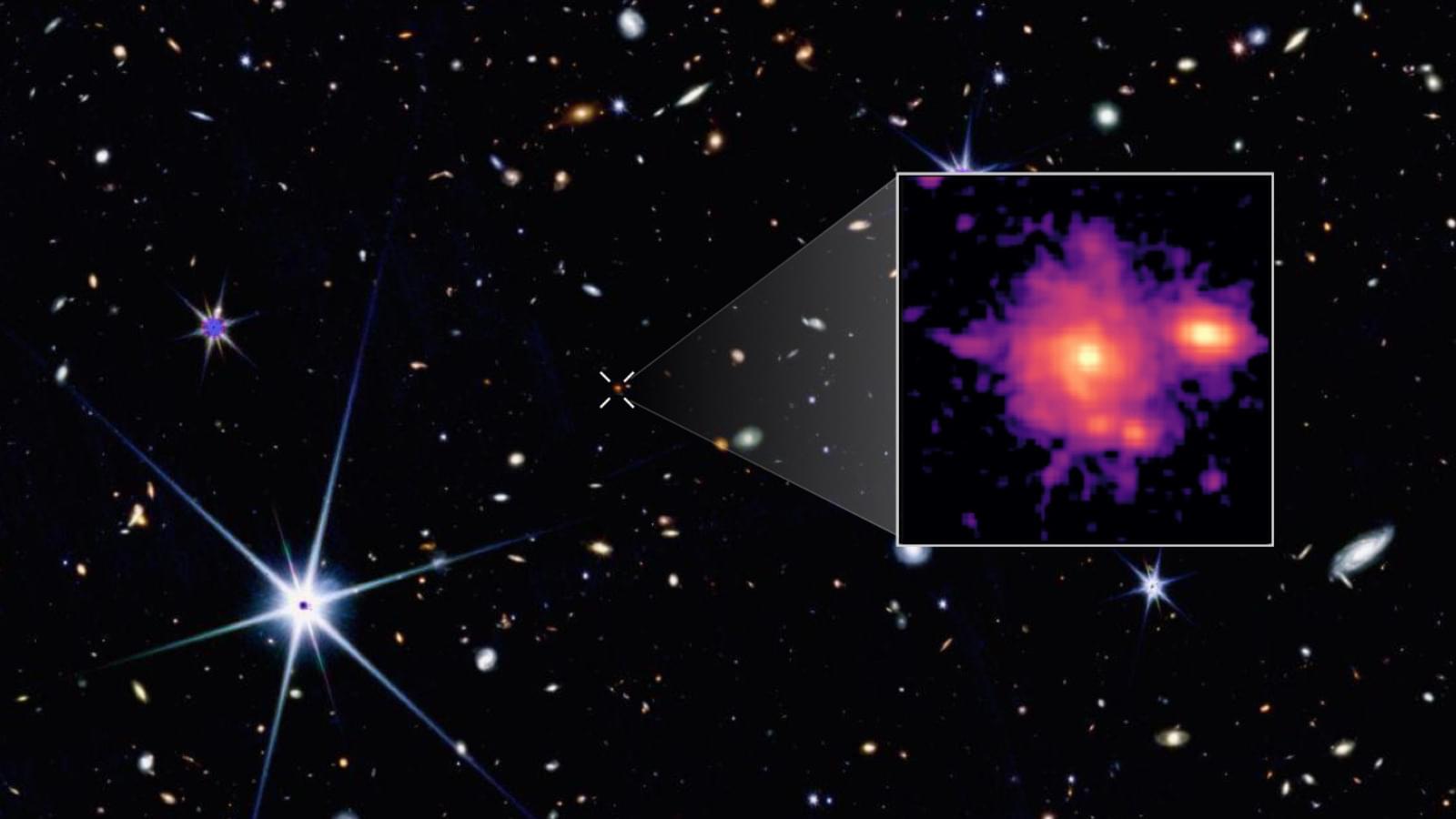
“We named this galaxy Zhúlóng, meaning ‘Torch Dragon’ in Chinese mythology. In the myth, Zhúlóng is a powerful red solar dragon that creates day and night by opening and closing its eyes, symbolizing light and cosmic time,” team leader Mengyuan Xiao of the University of Geneva (UNIGE) said in a statement. “What makes Zhúlóng stand out is just how much it resembles the Milky Way in shape, size, and stellar mass.”
Another similarity between the Milky Way and this early cosmic dragon galaxy is the sizes of their stellar disks and the masses of those regions. Zhúlóng’s disk spans around 60,000 light-years and has a mass of 100 billion times that of the sun. The Milky Way’s disk is slightly wider at 100,000 light-years wide with a stellar mass estimated at around 46 billion solar masses.
Imagine a Slushee composed of ammonia and water encased in a hard shell of water ice. Now picture these ice-encrusted slushballs, dubbed “mushballs,” raining down like hailstones during a thunderstorm, illuminated by intense flashes of lightning.
Planetary scientists at the University of California, Berkeley, now say that hailstorms of mushballs accompanied by fierce lightning actually exist on Jupiter. In fact, mushball hailstorms may occur on all gaseous planets in the galaxy, including our solar system’s other giant planets, Saturn, Uranus and Neptune.
The idea of mushballs was initially put forth in 2020 to explain nonuniformities in the distribution of ammonia gas in Jupiter’s upper atmosphere that were detected both by NASA’s Juno mission and by radio telescopes on Earth.
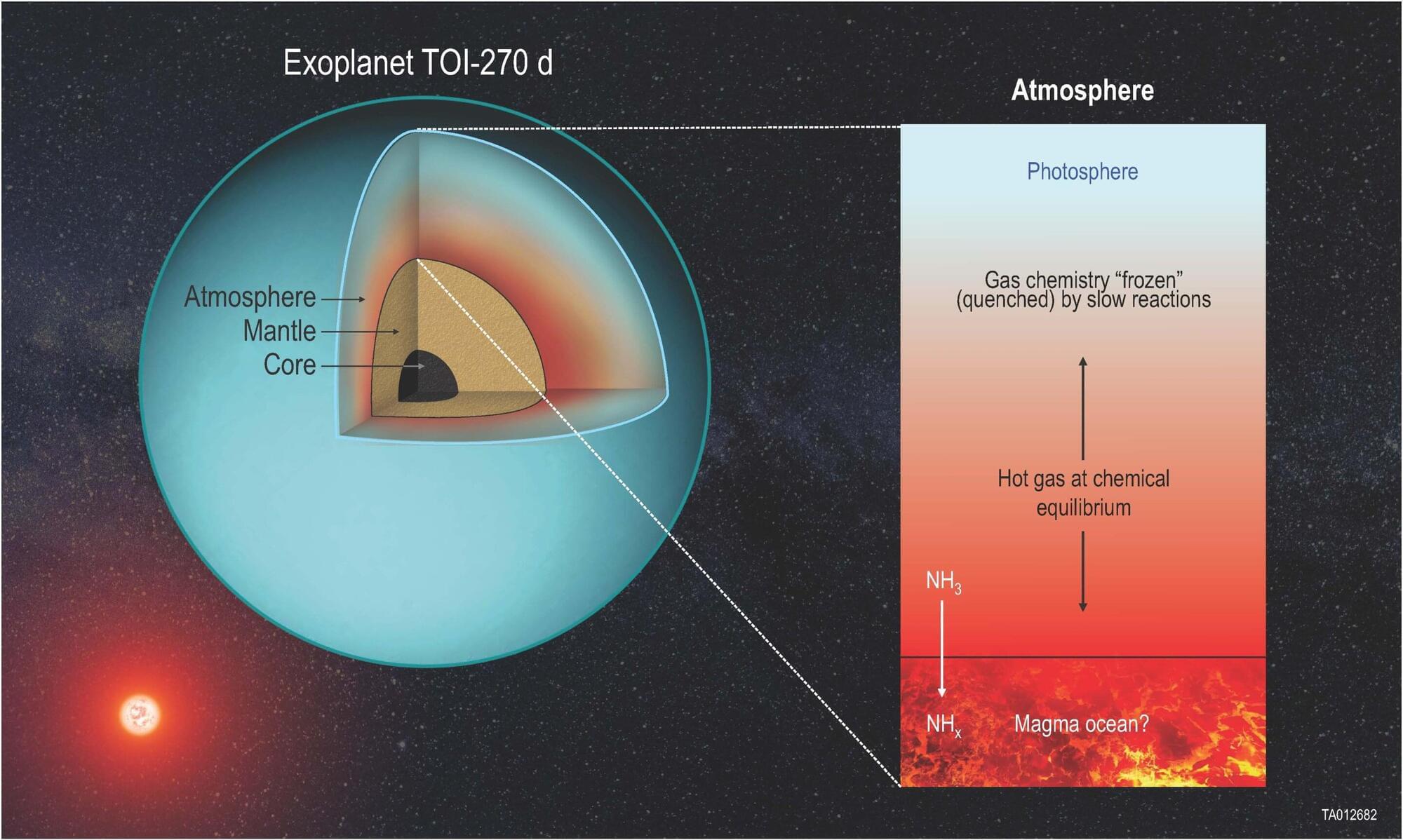
A Southwest Research Institute-led study modeled the chemistry of TOI-270 d, an exoplanet between Earth and Neptune in size, finding evidence that it could be a giant rocky planet shrouded in a thick, hot atmosphere. TOI-270 d is only 73 light years from Earth and could serve as a “Rosetta Stone” for understanding an entire class of new planets.
Exoplanets orbit stars outside of our solar system. Sub-Neptunes refer to planets between the size of our solar system’s largest rocky planet, Earth, and the smallest gas giant, Neptune.
“The nature of sub-Neptunes is one of the hottest topics in exoplanetary science,” said SwRI’s Dr. Christopher Glein, first author of a paper accepted for publication in the Astrophysical Journal and available on the preprint server arXiv.
Astronomers may have uncovered a hidden population of galaxies that could rewrite what we know about the universe’s evolution.
These faint, dusty galaxies were discovered using the deepest far-infrared image ever created, thanks to data from the Herschel Space Observatory. Their collective light might explain a long-standing mystery about the universe’s energy output in the infrared spectrum. If confirmed, these galaxies would challenge current galaxy evolution models and reveal a previously unseen side of the cosmos—one shrouded in dust and only visible in longer wavelengths of light.
Unveiling hidden galaxies in the early universe.
This superfast propulsion system could aid humanity’s exploration goals someday.